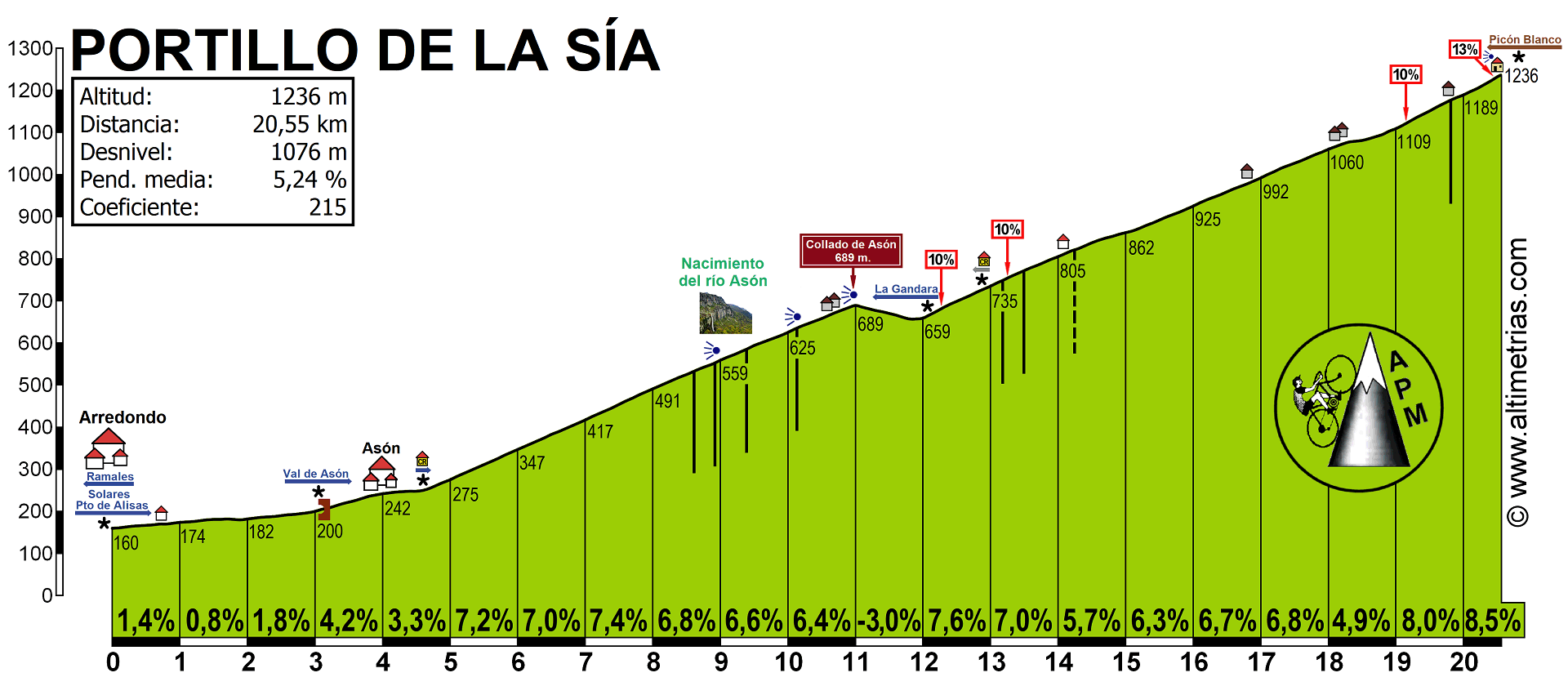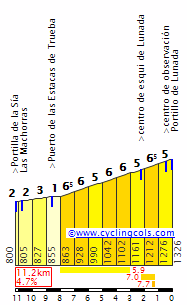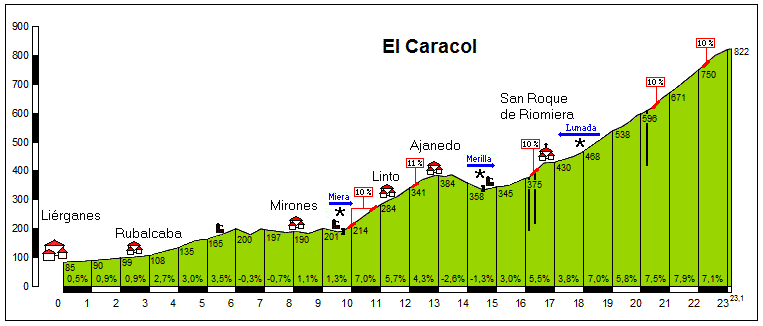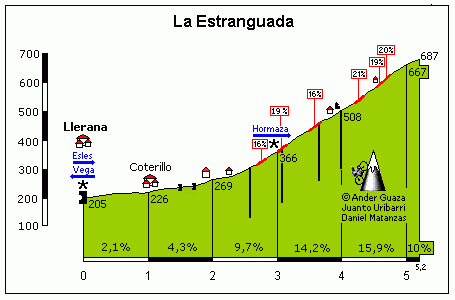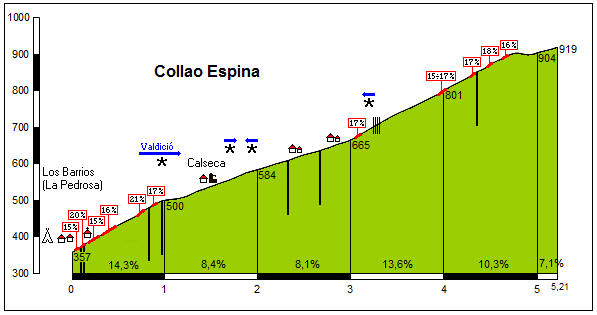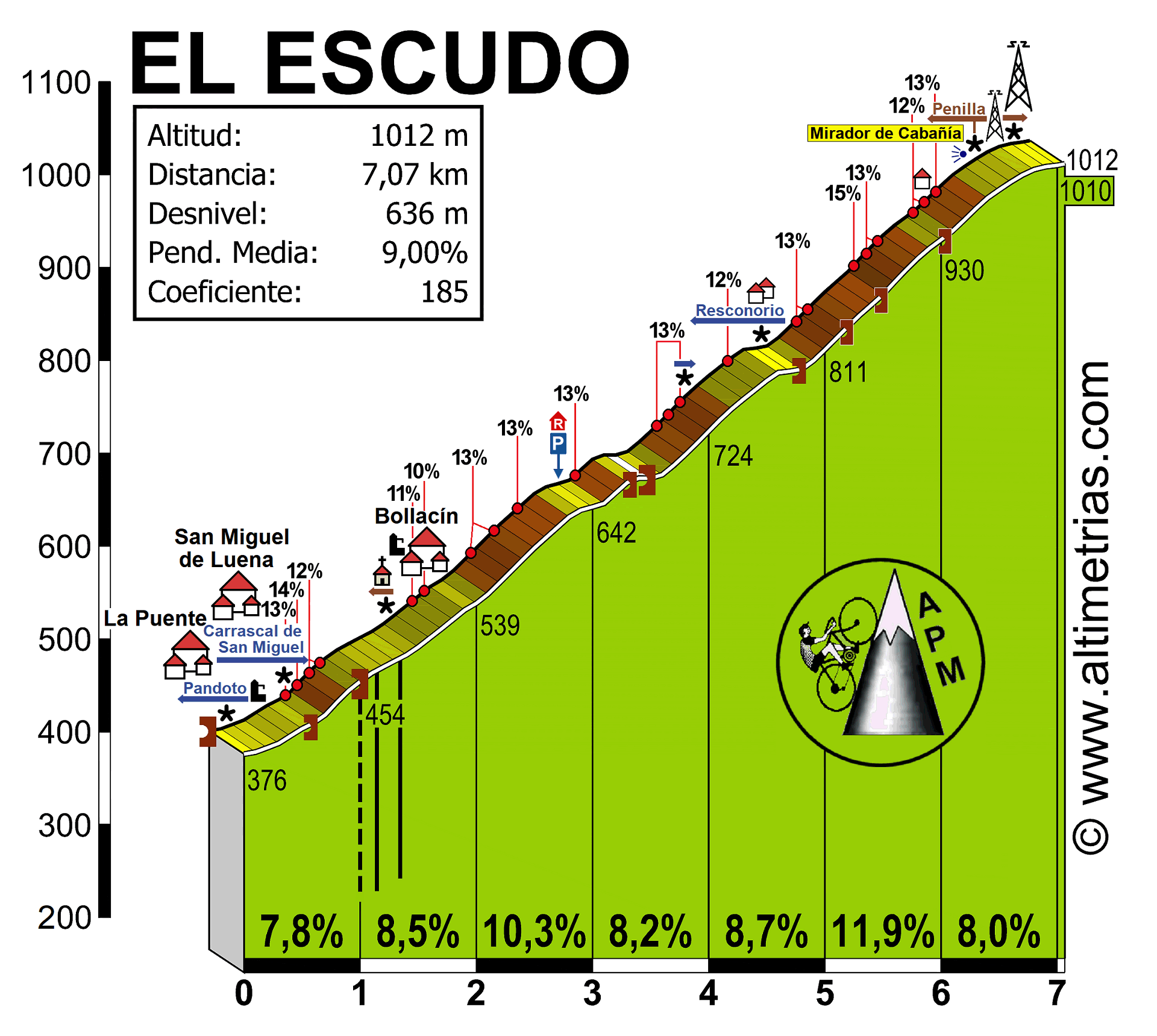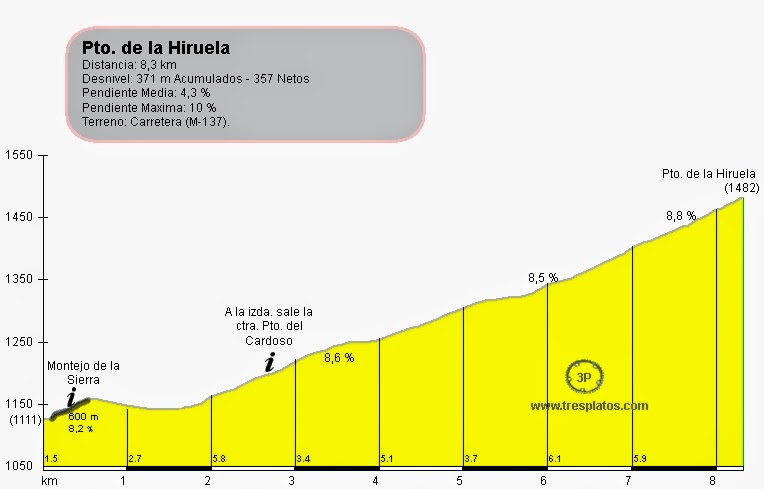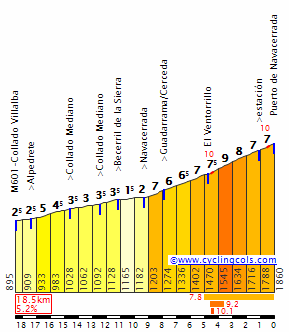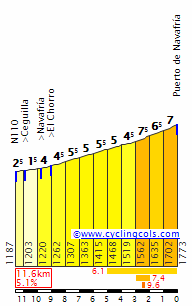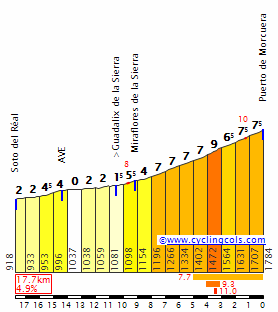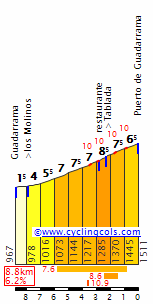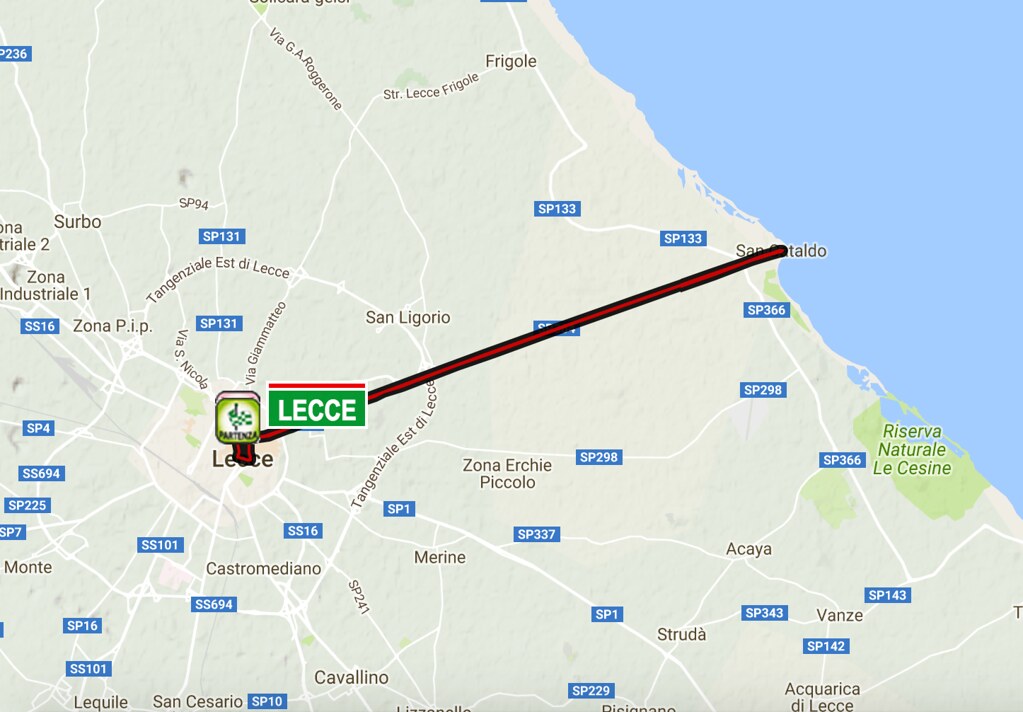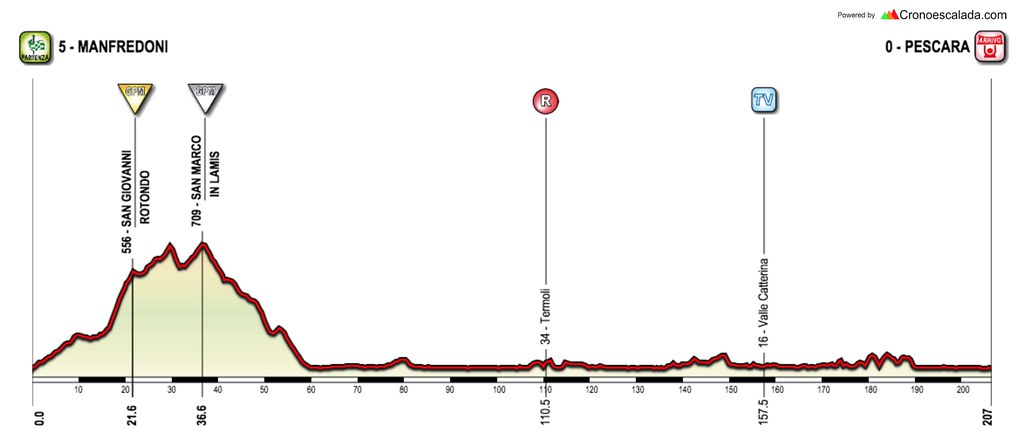Here's a one day race that I've designed 2 months ago
Vancouver Island GP; Victoria - Victoria; 269
This new Canadian race starts and finishes in Victoria BC, in Downtown Victoria to be exact. It's a relly long one day race that features a few climbs and a ton of rolling terrain that should wear the riders out. A big part of the race, mainly durning the first 100km of the race takes place on roads alongside the coastline of Vancouver Island.
After 54.2km we've got the first climb on the long West Coast Road, 1.2km at 9.4%, a short but steep climb, if the tempo is high enough many „pure“ sprinters could get dropped and you have to remember that the first 100km are on rolling terrain, it's pretty much always up and down, so if you get dropped and the tempo in the main bunch remains high, you're gonna have a hard time, not too many fast guys should be able to close the gap and if the make it they'll be worn out and/or their teams will be weakened.
After about 100km the road torns eastwards and after about 17km of flat we'll get more rolling terrain. The next real climb on the Pacific Main Road starts with 137.6km to got, it's 2.9km at 5,2%, not a really long or steep climb, but we're just a bit after the halfway point of the race, it's a really long race so in the end every single climb could count.
The next climb starts with 223km to go, it's on the Shawnigan Lake road and after the actual climb we've still got 1km that goes slightly uphill (it's only around 3% steep), so you can't just recover on the descent right after the climb (or use it to close the gap), you still have to go hard and at this point of the race fatigue could kick in and some riders could already feel the distance in their legs.
The two final climbs will be crucial, they''ll separate the contenders from the pretenders.
The first one is the climb up to
Millstream, 2.7km at 7.1% and just liket the following descent the climb takes place on a narrow road that should favour attackers.
Right after the descent we've got 1.2km of flase flat/rollinng terrain, then the final climb of the day starts. It's the short
Munn Road, 1km at 7.9km followed by a 3.5km long descent.
The climb takes place on rather narrow roads, so it could be the place where the final selection takes place, for the puncheurs with a big engine, the strong rouleurs and the cobbles specialists it could be the right place to attack.
If your team is strong enough you could send a teammate on the attack on the climb up to Millstream, so you'd have a teammate up on the road that could help you if you're able to get away fron the favourites group on Munn road.
The final 12.8km are flat (on wider roads) and will bring the riders back to Downtown Victoria, so the gaps could be closed, but how many teams will still enough firepower to organize an effective chase after +255km of racing? If the main bunch (or what is left of it) wants to catch the attackers they'll have to forge an alliance and at the same time the attackers will also be forced to collaborate, at least until about 5km to go, from there onward we could see attacks from the riders in the main group who don't fancy their chances in a reduced sprint.
As you can see it's a really long one day race, 269km is a rather unusual distance, but I think that we need more longer one day races, it's a great test of endurance and in the end the distance could be the deciding factor.
It's not the hardest profile, but you shouldn't underestimate the amount of rolling terrain, in the end we still have over 2800m of altitude gain, so if a sprinter is able to handle the distance, hang on on the climbs and/or close the gaps on the final 14km (probably with the help of his team) so that the race is decided in a sprint then he's a worthy winner and deserves nothing but praise.
This race should be a bit like a Canadian version of Paris - Tours or even Milano-Sanremo (with Le Manie), a long race that gives attackers and well rounded sprinters a decent chance.
Victoria and Vancouver Island in general are know for it's mild climate (at least for Canadian standarts), but of course I'd love to see this race with bad weather and rather low temperatures.
Victoria:





























